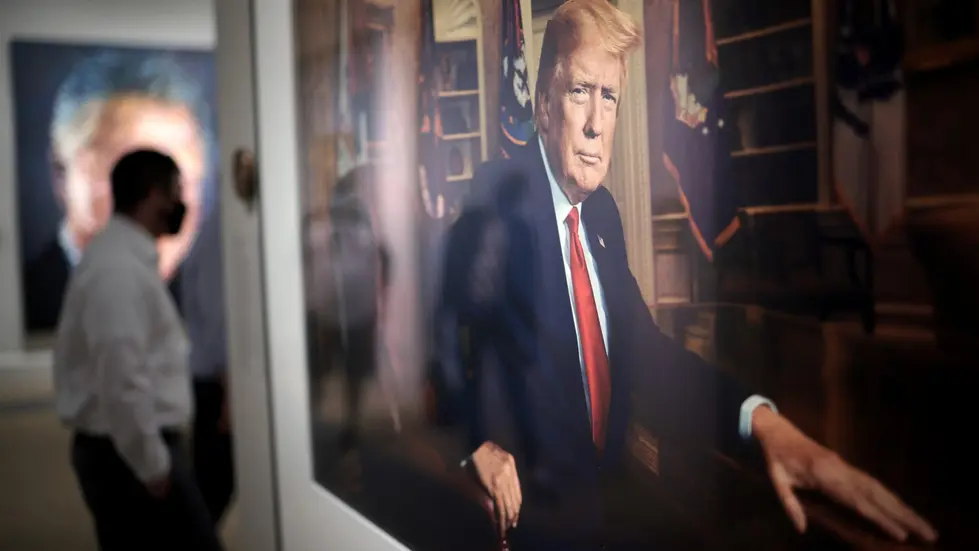T4K3.news
Freedom Tower opens as museum
Miami’s Freedom Tower reopens as a museum honoring Cuban exile history amid a broader migration narrative.
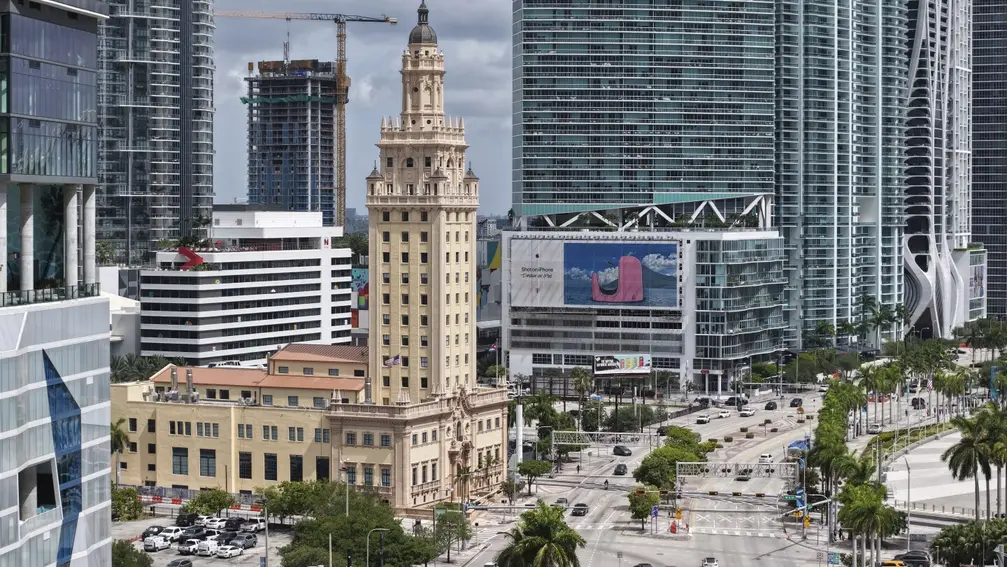
Miami's historic Freedom Tower reopens as a museum honoring Cuban exile history amid a broader conversation about migration and memory.
Freedom Tower Reopens as Museum of Cuban Exiles
MIAMI (AP) — The Freedom Tower, long a symbol of Cuban refugee relief, reopens after a $65 million restoration led by Miami Dade College. The 14-story Moorish-style building now hosts immersive galleries designed by the firm behind New York City’s National September 11 Memorial & Museum. The exhibits trace the Cuban exile journey from the early 1960s through present day, including the Bay of Pigs invasion and the era of unaccompanied minors under Operation Peter Pan. Funding combines state money, college support, private gifts, and federal grants, and the space includes a recording studio for oral histories that now number more than 300 interviews.
The museum’s galleries also contextualize migration beyond Cuba, featuring scenes of protest and resilience from newer arrivals in Venezuela, Haiti, and Nicaragua. A replica of the original Cuban Refugee Assistance Program’s main processing room reflects the building’s early function as a hub for vaccines, paperwork, and financial aid. The project preserves the tower’s history while reframing it as a living center for learning, dialogue, and memory.
Key Takeaways
"What we're doing here is reminding people what immigrants can accomplish when they're given the opportunity."
Rene Ramos on the museum's purpose
"To this day, a grilled cheese sandwich with cheap Velveeta processed cheese is still comfort food to me."
Jorge Malagón recalling arrival memories
"Miami and the world would not be what it is today without them."
Madeline Pumariega on immigrant impact
"This country has had moments where it clearly saw the value of immigrants and other moments when it did not."
Madeline Pumariega on national memory
The reopening frames memory as a civic instrument. By placing Cuban exile history alongside a broader immigrant narrative, the museum invites visitors to consider not just the past but the present shape of Miami and the country. The design choices and archival depth give a sense of momentum, turning a site of arrival into a space of reflection and future possibility.
But the moment matters. Migration policy and local political dynamics loom large, and the project could become a focal point for ongoing debates about who belongs and how much empathy a society owes to newcomers. The emphasis on oral histories and multiethnic currents has the potential to broaden audiences and deepen understanding, turning memory into action rather than nostalgia.
Highlights
- Memory becomes a doorway to who we choose to be.
- Immigrants write the city’s future with every step.
- Miami is proof that memory can become a living project.
- This tower keeps teaching us what freedom looks like in practice.
Migration policy and community response risk
The reopening intersects with ongoing debates about migration policy and could provoke backlash from some communities, with funding and political alignments attracting scrutiny.
Memory as a living act invites action, not nostalgia.
Enjoyed this? Let your friends know!
Related News

WW2 veteran moves Queen Camilla to tears
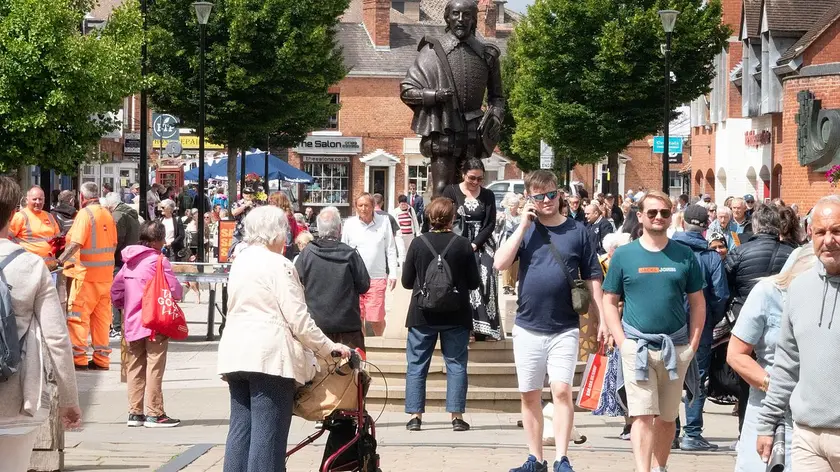
Stratford high street shows vacancy and safety concerns

Travel guide updates 15 US towns with a blunt Gary Indiana verdict

George Lucas Unveils Plans for New Museum at Comic-Con

Universities face funding pressure and calls for neutrality
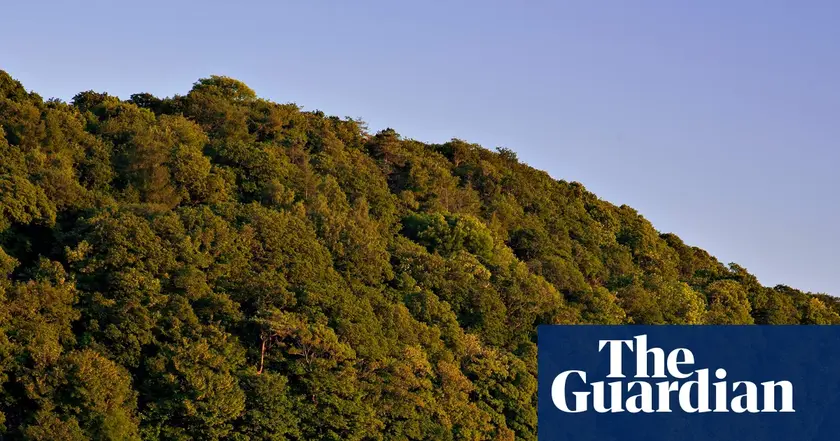
Quiet seaside towns gain attention for unique charm
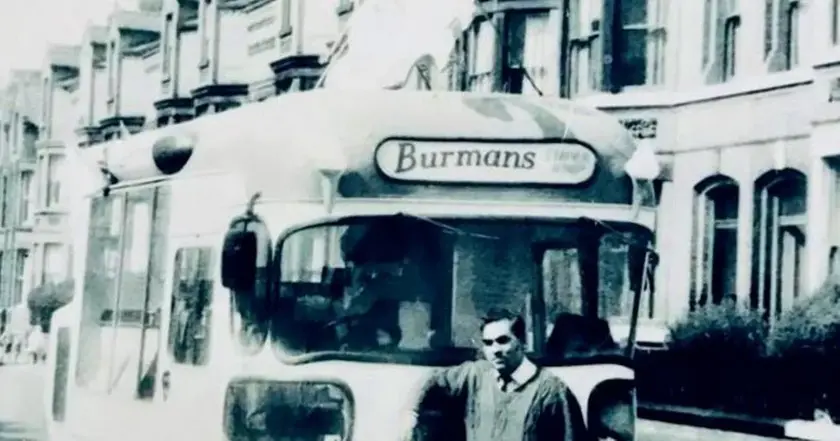
Chila Burman unveils new exhibition at Imperial War Museum North

Van dwellers test Bristol balance
